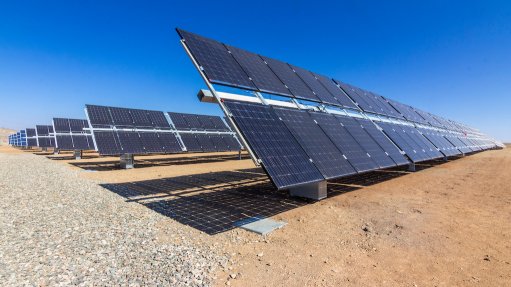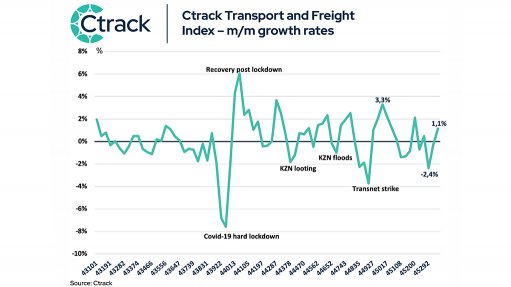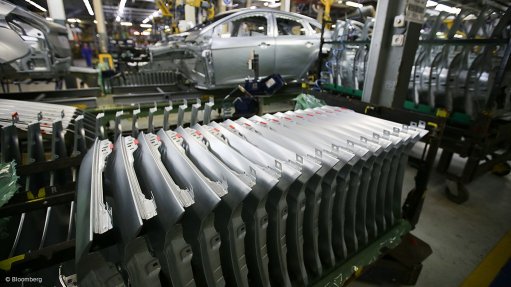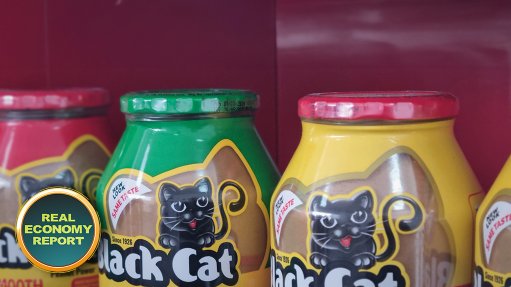Currency depreciations risk intensifying global food, energy crisis – World Bank report
The shrinking value of the currencies of most developing economies is driving up food and fuel prices in ways that could deepen the food and energy crises that many of them already face, the World Bank notes in its latest ‘Commodity Markets Outlook’ report.
In dollar terms, the prices of most commodities have declined from their recent peaks amid concerns of an impending global recession, the report documents.
From the Russian invasion of Ukraine in February through the end of last month, the price of Brent crude oil in dollars fell nearly 6%.
However, because of currency depreciations, almost 60% of oil-importing emerging-market and developing economies saw an increase in domestic currency oil prices during this period. Nearly 90% of these economies also saw a larger increase in wheat prices in local-currency terms compared to the rise in dollars.
Elevated prices of energy commodities that serve as inputs to agricultural production have been driving up food prices, the report indicates.
During the first three quarters of the year, food price inflation in South Asia averaged more than 20%.
Food price inflation in other regions, including Latin America and the Caribbean, the Middle East and North Africa, sub-Saharan Africa and Eastern Europe and Central Asia, averaged between 12% and 15%.
East Asia and the Pacific has been the only region with low food price inflation, partly because of broadly stable prices of rice, the region’s key staple, the report outlines.
Since the outbreak of the war in Ukraine, energy prices have been quite volatile but are now expected to decline, according to the report.
After surging by about 60% in the year, energy prices are projected to decline 11% in 2023. Despite this moderation, energy prices next year will still be 75% above their average over the past five years.
The price of Brent crude oil is expected to average $92/bl in 2023 – well above the five-year average of $60/bl.
Both natural gas and coal prices are projected to ease in 2023 from record highs.
However, by 2024, Australian coal and US natural gas prices are still expected to be double their average over the past five years, while European natural gas prices could be nearly four times higher.
Coal production is projected to significantly increase as several major exporters boost output, putting climate-change goals at risk, the report indicates.
Agricultural prices are expected to decline 5% next year. Wheat prices in the third quarter of this year fell nearly 20% but remain 24% higher than a year ago.
The decline in agricultural prices in 2023 reflects a better-than-projected global wheat crop, stable supplies in the rice market, and the resumption of grain exports from Ukraine, the report notes.
Metal prices are projected to decline 15% in 2023, largely because of weaker global growth and concerns about a slowdown in China.
The report points out that the outlook for commodity prices is subject to many risks.
Energy markets face significant supply concerns as worries about the availability of energy during the upcoming winter will intensify in Europe. Higher-than-expected energy prices could feed through to non-energy prices, especially food, prolonging challenges associated with food insecurity.
A sharper slowdown in global growth also presents a key risk, especially for crude oil and metals prices, it outlines.
Concerns about a possible global recession next year have already contributed to a sharp decline in copper and aluminium prices.
Prices will likely remain volatile as the energy transition unfolds and demand shifts from fossil fuels to renewables, which will benefit some metal producers, the report states.
Metal exporters can make the most of the resulting opportunities for growth over the medium term while limiting the impact of price volatility by ensuring they have well-designed fiscal and monetary policy frameworks, the report highlights.
Comments
Press Office
Announcements
What's On
Subscribe to improve your user experience...
Option 1 (equivalent of R125 a month):
Receive a weekly copy of Creamer Media's Engineering News & Mining Weekly magazine
(print copy for those in South Africa and e-magazine for those outside of South Africa)
Receive daily email newsletters
Access to full search results
Access archive of magazine back copies
Access to Projects in Progress
Access to ONE Research Report of your choice in PDF format
Option 2 (equivalent of R375 a month):
All benefits from Option 1
PLUS
Access to Creamer Media's Research Channel Africa for ALL Research Reports, in PDF format, on various industrial and mining sectors
including Electricity; Water; Energy Transition; Hydrogen; Roads, Rail and Ports; Coal; Gold; Platinum; Battery Metals; etc.
Already a subscriber?
Forgotten your password?
Receive weekly copy of Creamer Media's Engineering News & Mining Weekly magazine (print copy for those in South Africa and e-magazine for those outside of South Africa)
➕
Recieve daily email newsletters
➕
Access to full search results
➕
Access archive of magazine back copies
➕
Access to Projects in Progress
➕
Access to ONE Research Report of your choice in PDF format
RESEARCH CHANNEL AFRICA
R4500 (equivalent of R375 a month)
SUBSCRIBEAll benefits from Option 1
➕
Access to Creamer Media's Research Channel Africa for ALL Research Reports on various industrial and mining sectors, in PDF format, including on:
Electricity
➕
Water
➕
Energy Transition
➕
Hydrogen
➕
Roads, Rail and Ports
➕
Coal
➕
Gold
➕
Platinum
➕
Battery Metals
➕
etc.
Receive all benefits from Option 1 or Option 2 delivered to numerous people at your company
➕
Multiple User names and Passwords for simultaneous log-ins
➕
Intranet integration access to all in your organisation

















